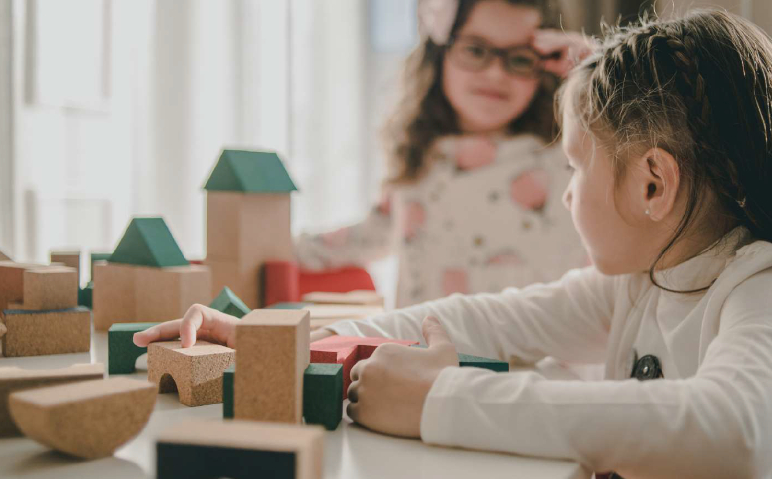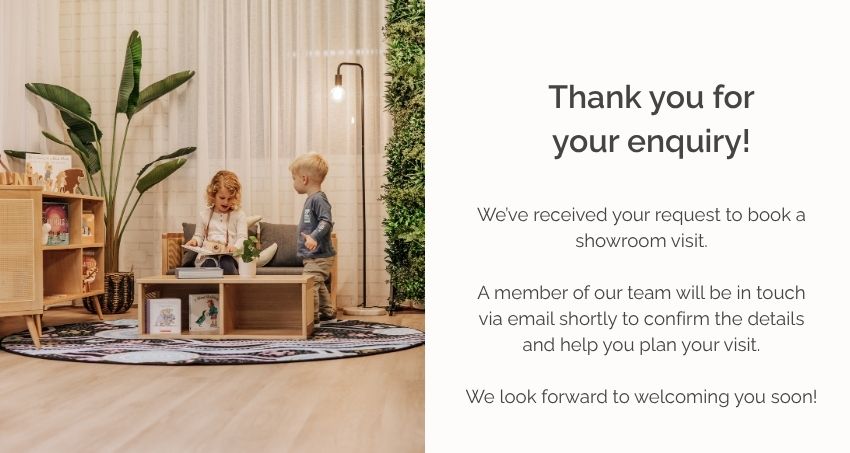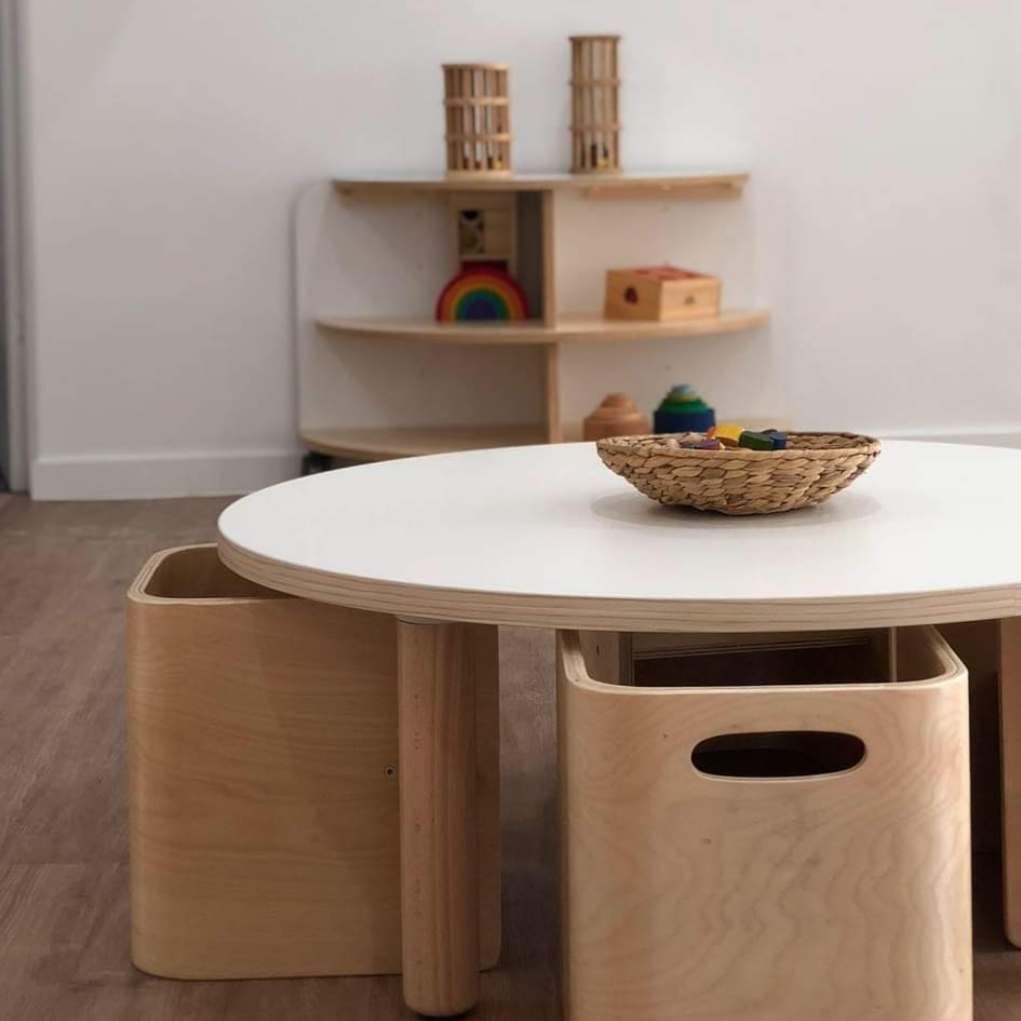
Let the children play: How to make Reggio Emilia work for your centre
Chances are you’ve heard of the Reggio Emilia approach, but like anything in early learning, hearing new thoughts and ideas is a great way for you to explore theories and concepts deeper so the children you teach can reap the rewards.
What is Reggio Emilia?
In case you’re not too familiar with this style of learning, it was founded just after World War II in the town of Reggio Emilia in Italy. The idea was sparked by significant development happening in a variety of sectors at the time, including in education.
If we could sum up Reggio Emilia in a few words, we’d describe it as a form of learning that allows children to choose their own adventure in the ways they want, in collaboration with their peers. Children are considered competent and capable with a strong desire to learn, and the day-to-day activities in an early learning environment reflect this. Sounds pretty simple, doesn’t it? There are many ways you can set up your environment to support this style of learning and we’ve come up with a few options you can consider.
-
Put yourself in the children’s shoes
Consider their natural desire to explore their environment and utilise their developing skills. Try not to dwell on physical limitations, for example if you think a child is too short for the monkey bars. As this approach is very much collaboration-driven, perhaps their peers may find a way to help them use the monkey bars?
-
Subtly empower children to recognise their strengths and talents
If you have particularly confident children in your early learning environment, why not leave out some simple instruments to encourage experimentation with music? Who knows – this could be the chance for a child and their peers to put on a concert which is the perfect outlet to channel their confidence into. Perhaps their enthusiasm might encourage the shy children to give music a go.
If you’ve noticed a child’s fine motor skills may not be developing as fast as their peers’, don’t step in to help them at the first opportunity during a craft activity. Allow them to experiment with colours, textures and shapes. Although their creations may not look like other children’s, you’ve believed in their ability to be creative and give things a go even if they’re difficult. While things like this may seem small day-to-day, you’re setting a child up to be confident and truly believe in themselves as they continue their learning journey. You’re also giving other children the opportunity to help out or even brainstorm creations. This fosters trusting, collaborative relationships from a young age – something that’s a big part of Reggio Emilia.
-
Be inclusive with your set-ups
The Reggio Emilia approach says three “teachers” are responsible for learning. These teachers are the parents, the classroom teachers and the classroom environment. Consider the children you work with and their diverse strengths and talents.
Think about activities and set-ups in your classroom environment that everyone will enjoy and get the most out of. Have creative set-ups where children who love craft can showcase their skills. Have inviting outdoor areas that encourage a variety of play types such as water play, climbing or exploring the natural environment.
In a nutshell, don’t let your environment be just a pretty face. Carefully consider the children and think about the types of set-ups that will help them thrive. Also consider set-ups that foster collaboration as this is key to successfully weaving Reggio Emilia into your environment.
There are countless other ways to weave this approach into your early learning environment. No matter what you choose, just remember the basic principle of letting children play, showcase their strengths and learn from their peers.
Do you need resources to aid your chosen pedagogy?
We’d love to help. Contact us on 1300 720 353 or visit www.step4.com.au.











